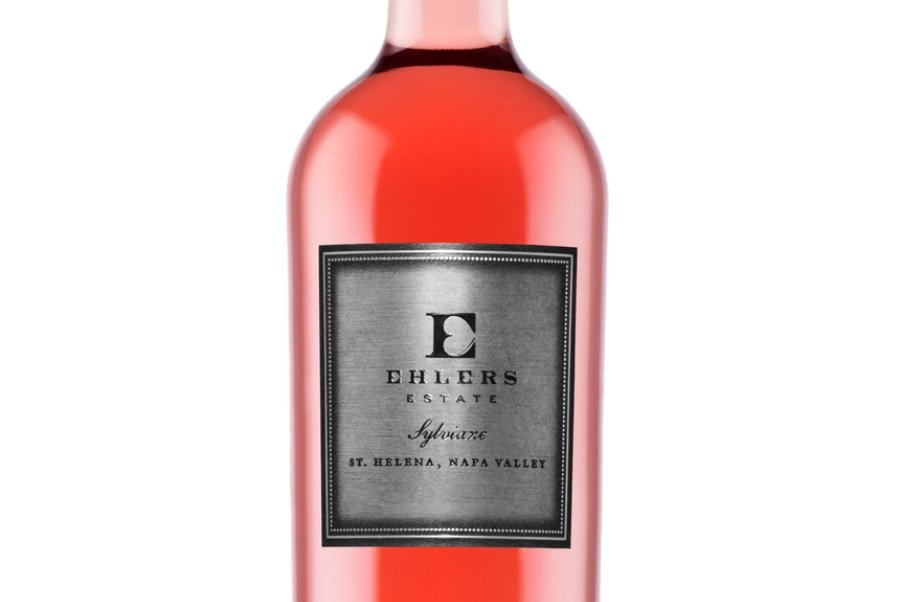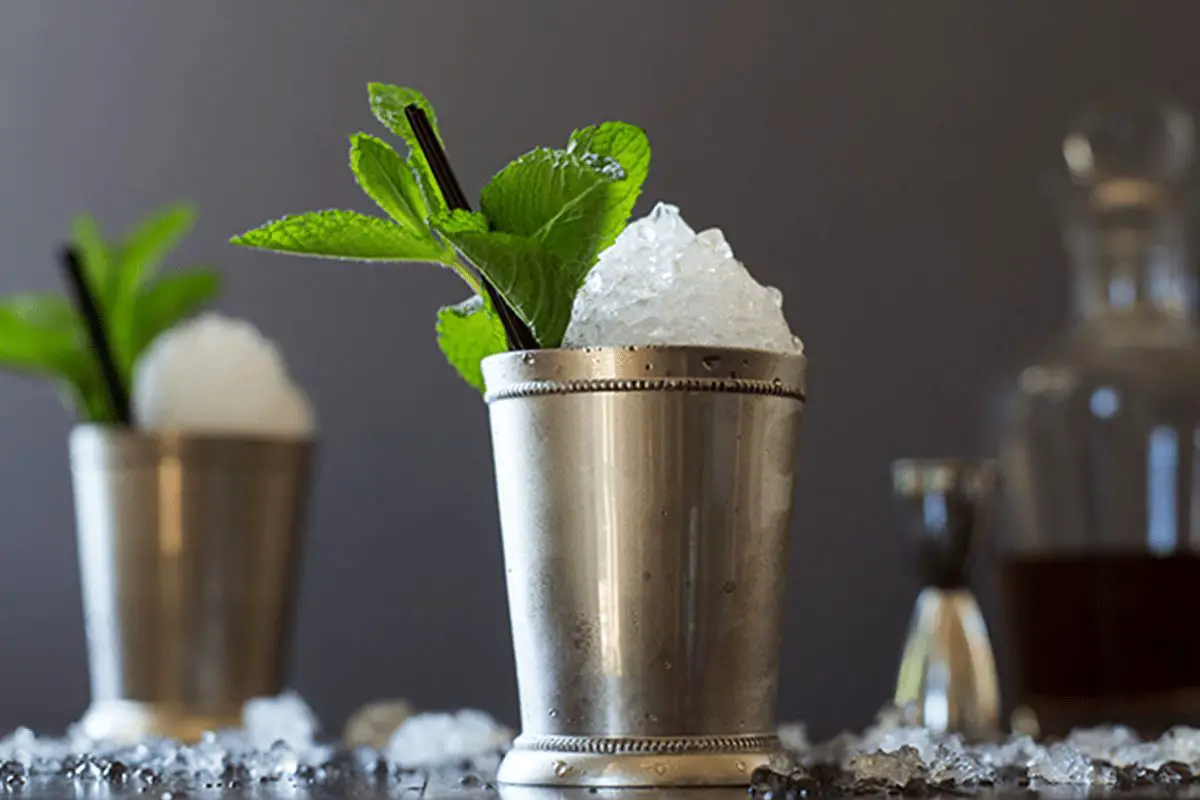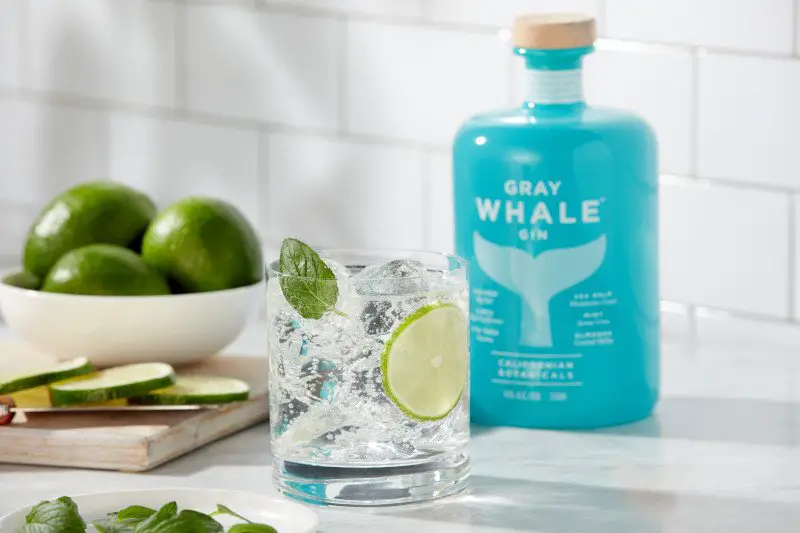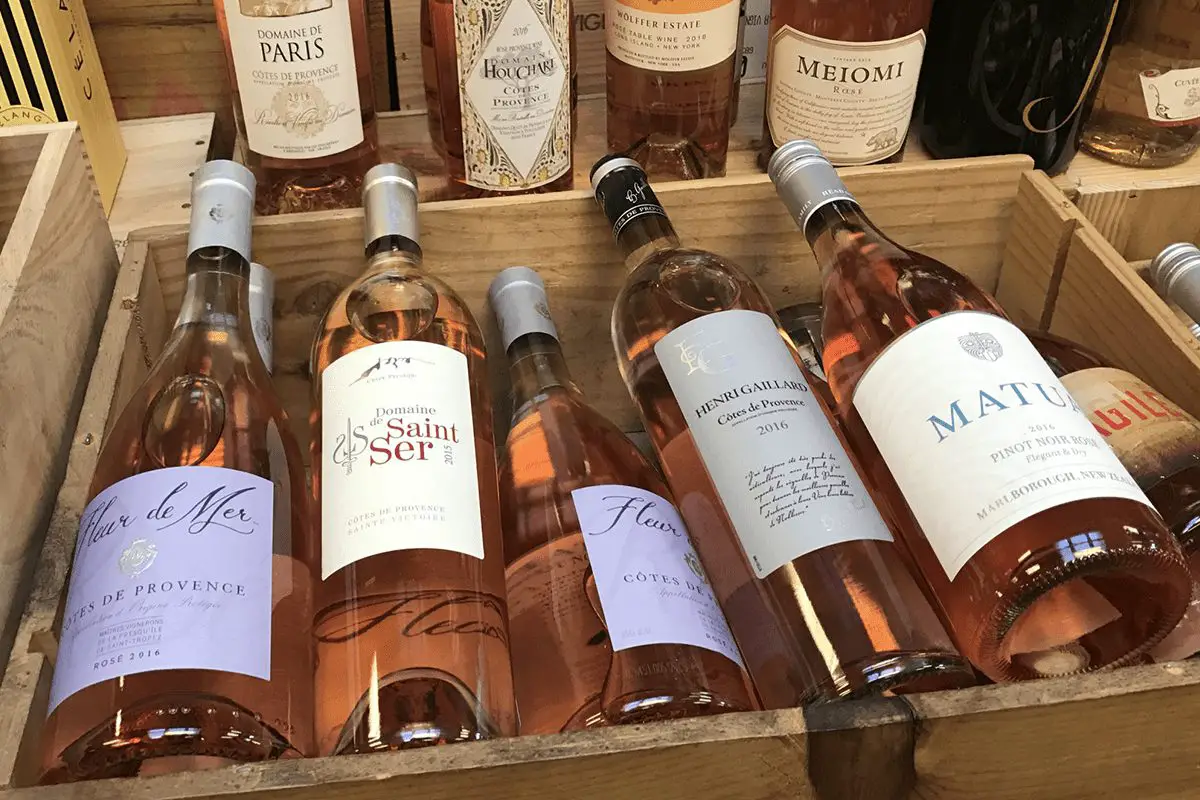Like a lot of people who enjoy a glass of rosé as the weather warms, I like the classic style that the Provence region of southern France is known for—light salmon color, dry, with a slight earthiness. That’s not to say, however, that the wine has to be from Provence in order to achieve this style. Put a bottle of Wollfer Estate (Eastern Long Island, NY) in a blind tasting line-up and you’ll likely fool some people who might peg it for Provence or Bandol in the south of France. Regardless of its origins, this style of rosé is very quaffable, very popular and very available. And for years this has been my default style. But rosés, which can be made from almost any red grape varietal, come in a lot of different styles. So why not branch out.
I recently tried Ehlers Estate’s Napa Valley Rosé (“Sylviane”) made from 60% Cabernet Sauvignon and 40% Cabernet Franc and was pleasantly surprised. While a number of Napa wineries do a rosé, most are merely a fun experiment. A warm-up wine to include in the tasting line-up for people visiting the winery. After all, Napa Valley does not exactly lend itself to rosé, at least not from a traditional standpoint. In my article, “The Real Rosé Season Starts Now” I highlighted a couple of California rosés that I love—Beckman’s Grenache Rosé and Bonny Doon’s Vin Gris De Cigare. The former is 100% Grenache and the latter is a blend, comprised (typically) of Grenache, Grenache Blanc, Carignan, Cinsault and Mouvedre. Notice a pattern here? Both of them use Rhone varietals (which are also prevalent in Provence to the south), mimicking the French style. And both are delicious. But that doesn’t mean wineries in Napa Valley most follow this script. After all, these varietals do not exactly thrive in Napa Valley. Beckman and Bonny Doon are both in the central coast. Napa vintners can certainly grow varietals like Grenache with decent quality and they do. But is that something they really want to put much effort towards? My guess is no, which is why you see many of them, like Ehlers, using what they already have—Cabernet Sauvignon and Cabernet Franc. Why mess around with Rhone varietals when you have some of the best Cab and Cab Franc in the valley?
Tasting Notes: The juice of Cabernet Sauvignon and Cabernet Franc lots were fermented in stainless steel drums and once-used barrels. The first thing I noticed is that the wine was not quite as acid driven as the traditional roses I have talked about, yet it had more structure with mellower tannins and more body. According to the winemaker, the fermentation went very slowly and the used oak allowed for the development of a beautiful creamy texture in the wine, which I would say is dead on. Bright aromas of raspberries and strawberries, melon, vanilla beans and white peach fill the glass. This rose will certainly refresh you on a hot day but, because of the softer tannins and more muscular body, can also be enjoyed year-round.



